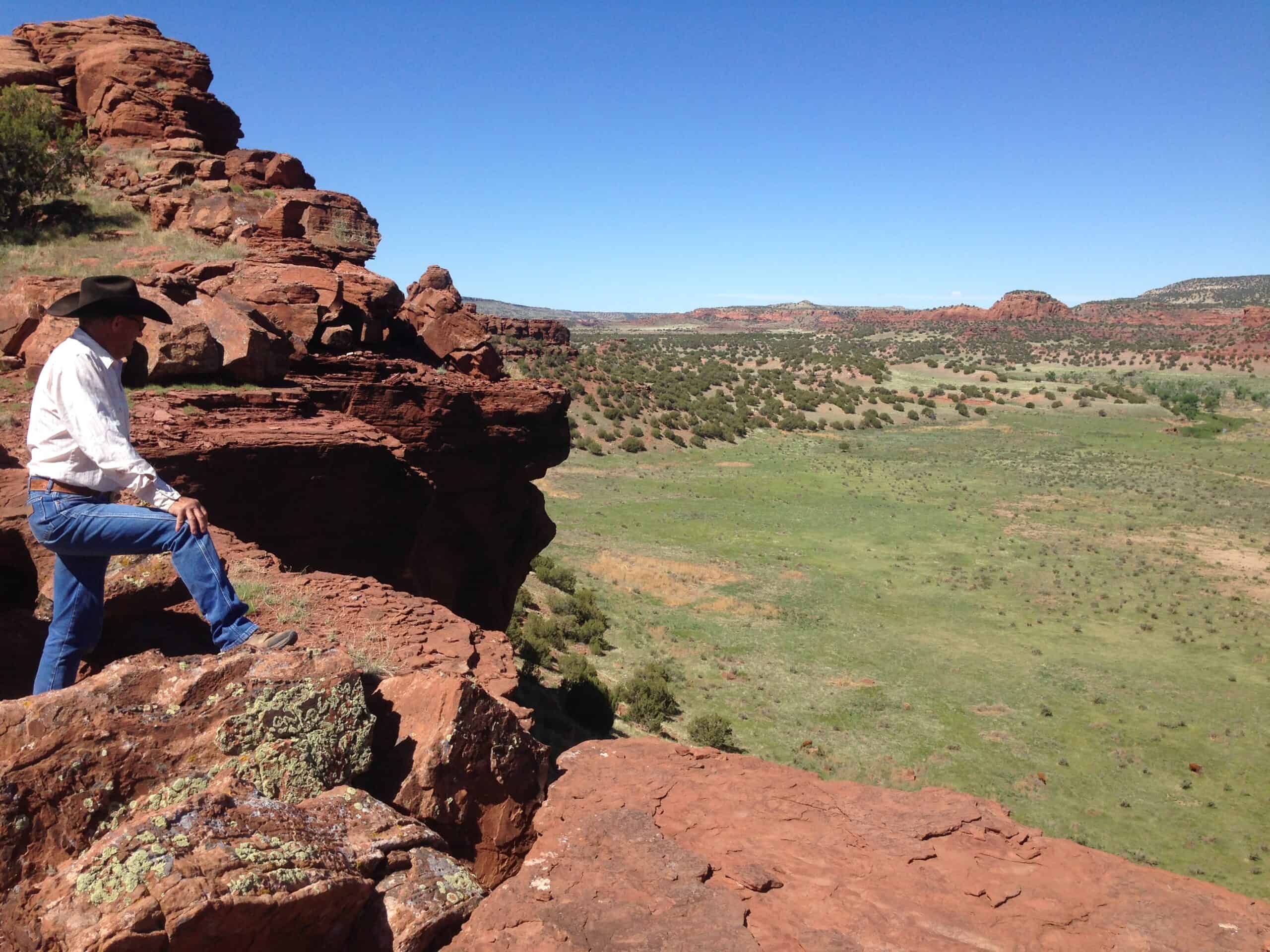Beatty Canyon Ranch
13,920 acres, LAs Animas county
Not many of us were around in 1929, but that’s when Steve Wooten’s great-grandfather acquired the Beatty Canyon Ranch. This sprawling, spectacular ranch in Las Animas County borders the Purgatoire River for six winding miles and was named after one of the many canyons that drain into the river. The Ranch lies a stone’s throw from Fort Carson’s Pinyon Canyon Maneuver Site, the subject of recent controversy over a proposed expansion of the site. Sandwiched in between the ranch and the Maneuver Site is Comanche National Grassland.
Four generations after Steve’s great-grandfather began working the land, Beatty Canyon Ranch still possesses the same striking upland mesas, spectacular scenery, habitat for big game species, and the ruins of early Spanish settlements that drew the family to this part of southeastern Colorado in the late 1920s.
Almost a century later, though, things have changed a bit. The pressures of today’s agricultural market were forcing the Wootens to consider breaking up this remarkable ranch in order to preserve their ability to continue ranching. Like many areas in the southern part of the state, there is increased demand for smaller sized ranchettes and second homes. The proposed expansion of Pinyon Canyon has also activated the local community to prevent the condemnation of their lands for military use.
Spurred by these issues as well as a desire to protect the ranch for future generations, the Wootens donated a conservation easement on over 13,920 acres of their ranch, patiently working through a jungle of legal and water rights issues along the way. Important wildlife habitat and spectacular scenic open space is now protected in southeast Colorado, forever.
“This project ensures the survival of this Ranch for future generations in these trying economic times,” says owner, Steve Wooten. “We see this project as adding to the sustainability of our cattle business and our children’s ability to inherit the ranch. It is also another example of diverse groups working together to achieve a common goal of conservation.”
The project was jointly funded by a grant from the Colorado Division of Wildlife, a grant from Great Outdoors Colorado, and a grant from the Moore Charitable Foundation.

